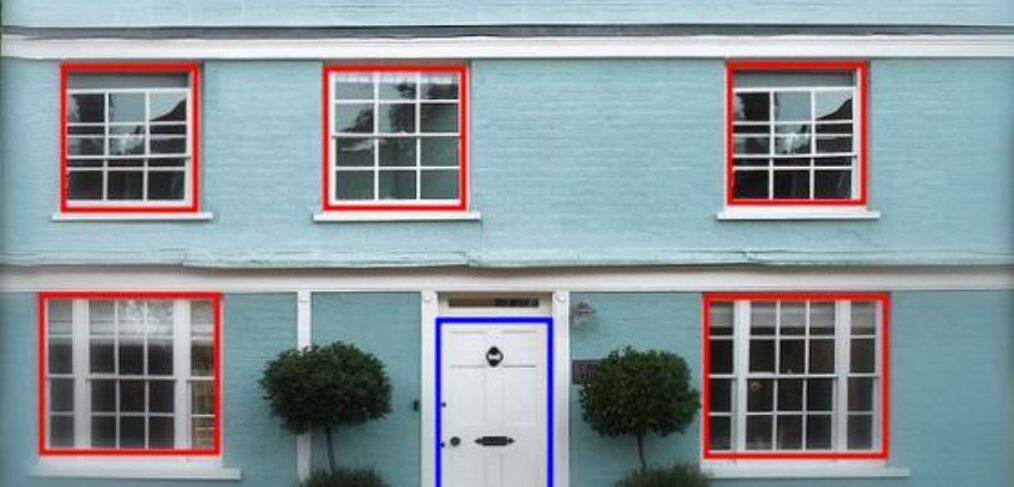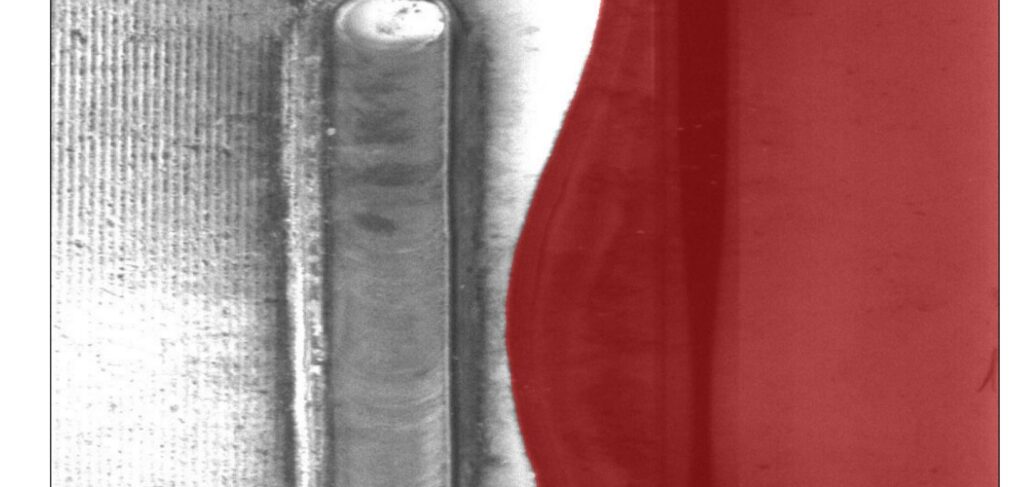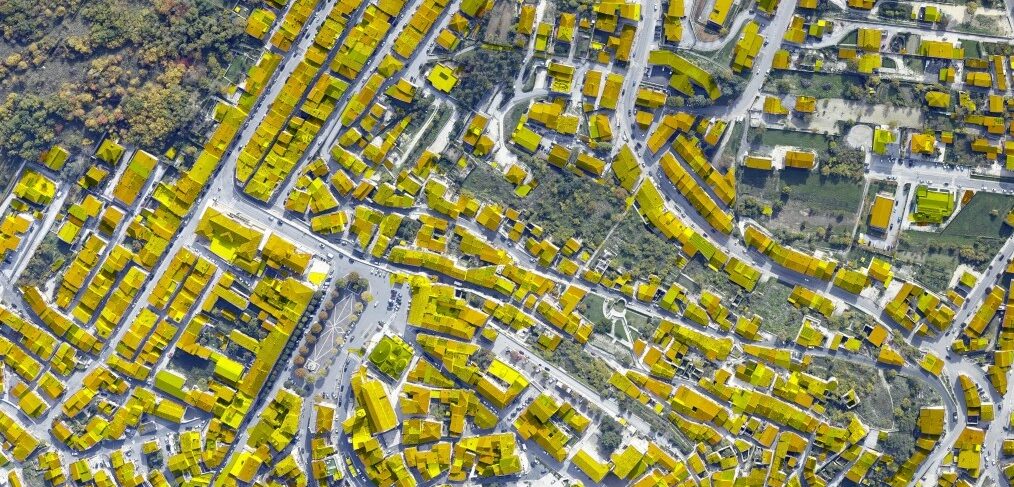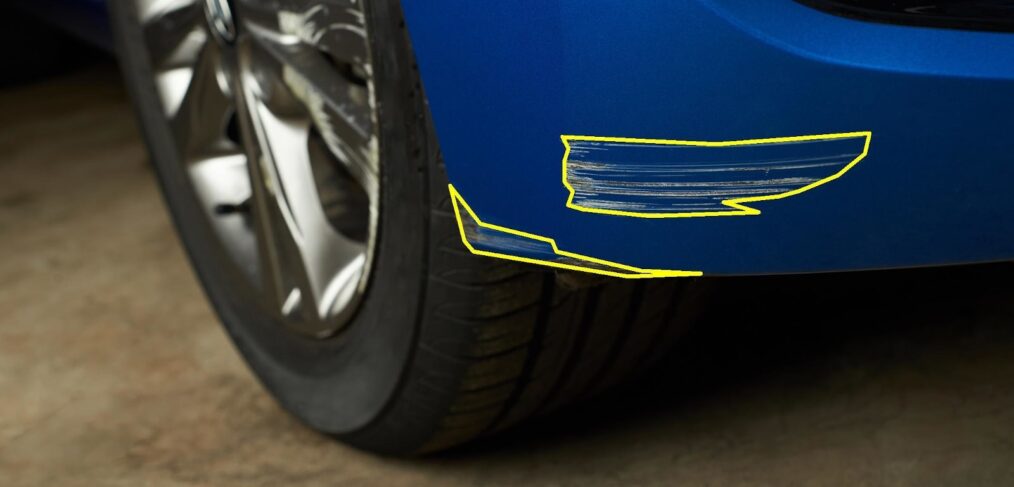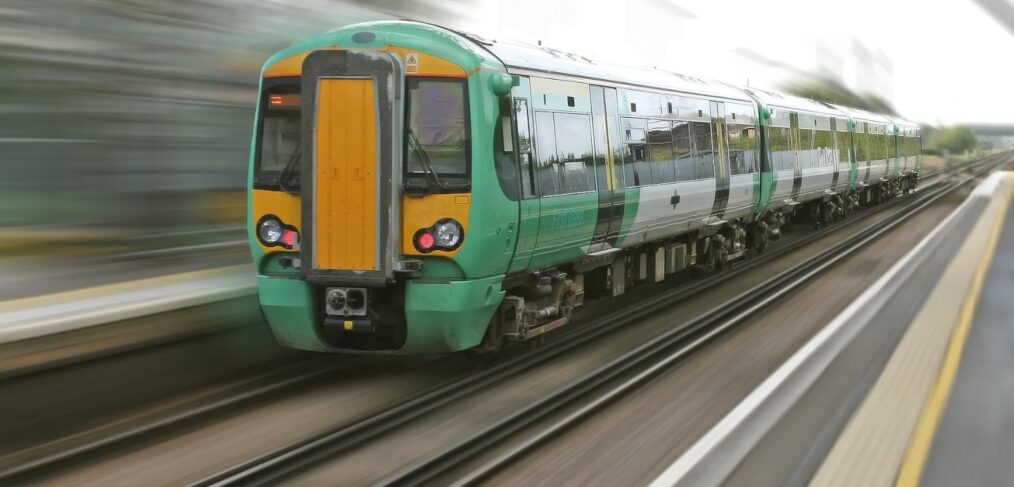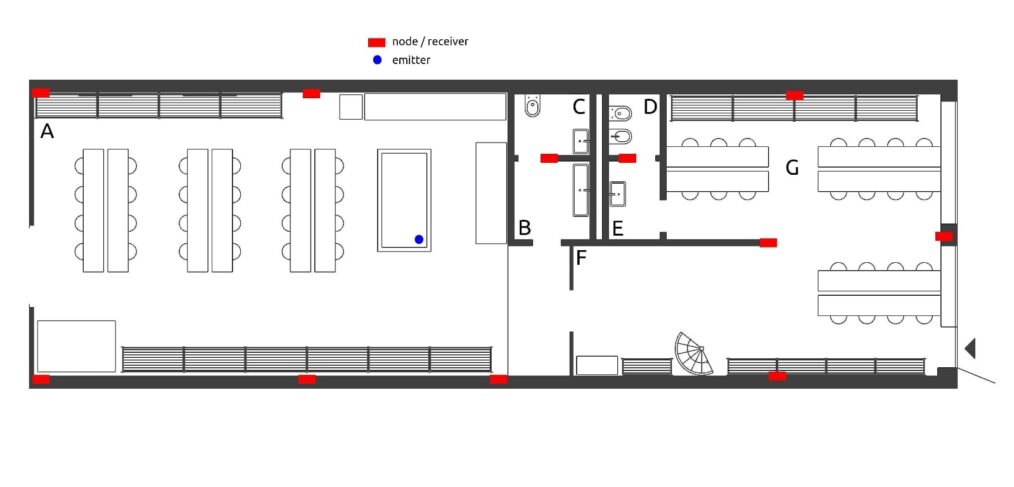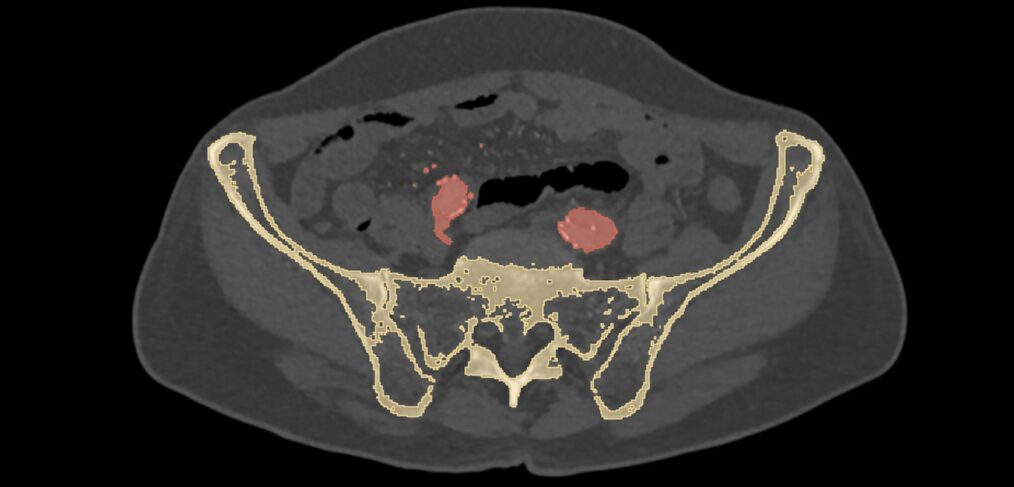Automatically recognizing and outlining structural components such as doors and windows can speed up the process of creating the 3D model of a building from point clouds and flat images.
Flair-tech and in2it have developed a deep learning-based tool for automatically outline and classify the structural components of a building.
Stay tuned to our blog to know more.

